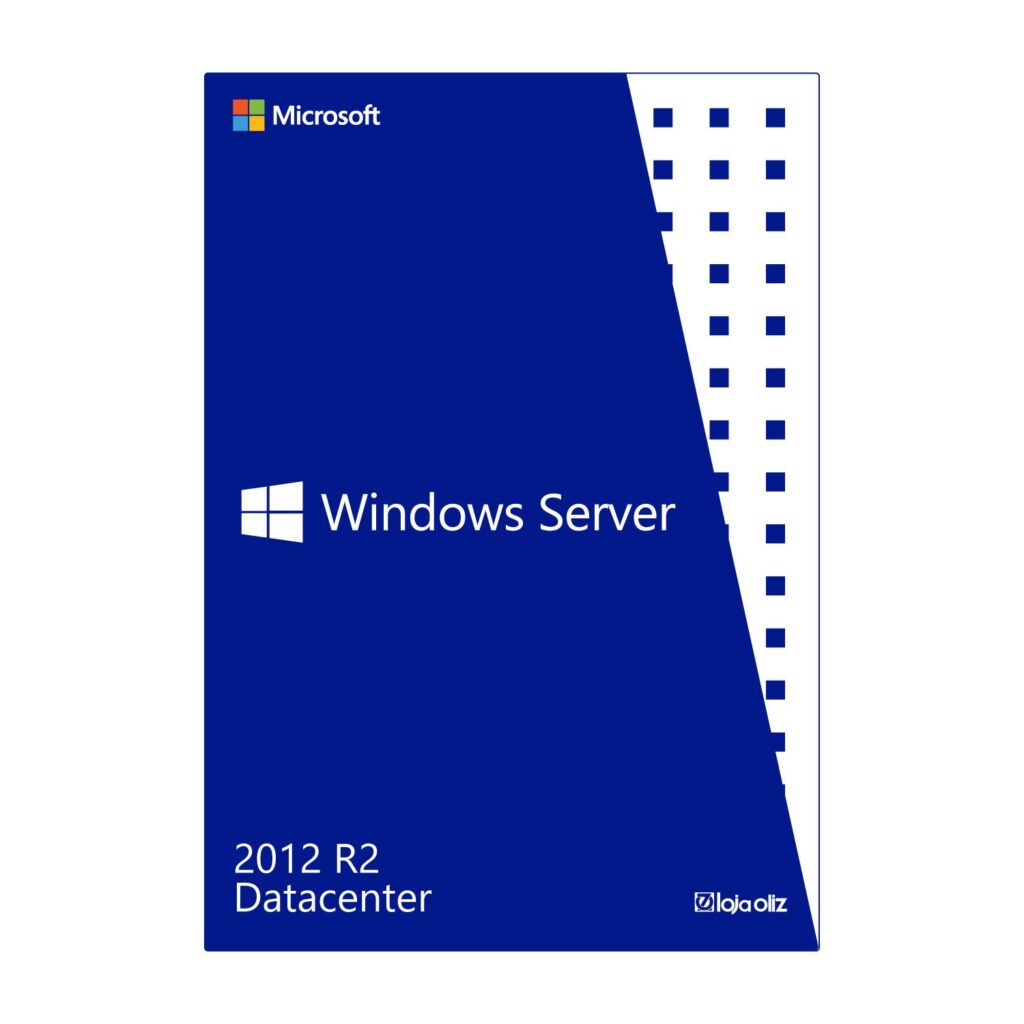Understanding the End of Life for Server 2012 R2

Introduction to Server 2012 R2
Let’s take a trip down memory lane. Remember when Server 2012 R2 was first launched? The year was 2013, and this robust server operating system from Microsoft was the talk of the IT world.
The significance of Server 2012 R2
So, what made Server 2012 R2 so popular? It provided enhanced virtualization capabilities, networking features, storage solutions, and more. It was a step forward for businesses of all sizes, ushering in a new era of operational efficiency and productivity.
Key features of Server 2012 R2
Why did we love it so much? Because it was packed with great features like Hyper-V for virtualization, Active Directory for user management, and a new, powerful version of Windows PowerShell for automated scripting. You can say it was an IT admin’s dream come true.
What Does End of Life Mean?
Now, let’s tackle a less-than-pleasant topic: End of Life. But wait, what does that term even mean?
Definition of End of Life
In the tech world, ‘End of Life’ refers to the point when a software product stops receiving updates and support from the vendor. It’s like a retirement party for software, but without the cake and balloons.
Implications of End of Life
End of Life doesn’t mean the software suddenly stops working, but it does mean there will be no more security patches, updates, or technical support from the vendor. So the party continues, but the lights are going out one by one.
When is the End of Life for Server 2012 R2?
The End of Life for Server 2012 R2 is coming up fast. Microsoft has announced it to be October 10, 2023. It’s time to start thinking about the next steps.
Implications of Server 2012 R2 End of Life
The coming End of Life for Server 2012 R2 brings some potential challenges and risks. It’s a bit like navigating a ship without a compass; possible, but fraught with danger.
Security risks
Firstly, without ongoing updates, your server will become increasingly vulnerable to security threats. It’s like leaving your front door open; it might be okay for a while, but it invites unwanted guests.
Compliance concerns
Secondly, compliance can become a significant issue. Depending on your industry, running unsupported software might violate compliance standards, leading to penalties. It’s like driving without a license; you’re bound to run into trouble eventually.
Technical support issues
Finally, without technical support, resolving any issues becomes much more difficult and time-consuming. It’s akin to assembling a complex puzzle without a reference image.
Preparing for Server 2012 R2 End of Life
Like any significant change, preparation is crucial. It’s like getting ready for a big trip; you don’t want to leave packing your suitcase until the last minute, do you?
Evaluating your current environment
First, take stock of your current IT infrastructure. What applications are running on Server 2012 R2? Do you need them all? Is it time for a bit of spring cleaning?
Options for migration
There are several paths you can take from here.
In-place upgrades
You could choose to upgrade your existing server to a newer version, like Server 2016 or 2019. It’s a bit like renovating your house; it’s the same building, but with a fresh coat of paint and new fittings.
Moving to the cloud
Alternatively, you could consider migrating to a cloud-based platform, like Azure. It’s like moving from a house into a condo; you don’t have to worry about maintenance, and you get access to some great amenities.
Conclusion
The End of Life for Server 2012 R2 is an important milestone and presents an opportunity to reassess your IT infrastructure. Remember, change is inevitable, but with proper planning, it doesn’t have to be scary. So, ready to embark on this new journey?
Frequently Asked Questions
- When is the End of Life for Server 2012 R2? The End of Life for Server 2012 R2 is on October 10, 2023.
- What happens after the End of Life of Server 2012 R2? After the End of Life, Server 2012 R2 will no longer receive updates, security patches, or technical support from Microsoft.
- What are the risks of continuing to use Server 2012 R2 after its End of Life? The risks include increased security threats, potential compliance violations, and lack of technical support.
- Can I upgrade from Server 2012 R2 to a newer version? Yes, you can upgrade to a newer version like Server 2016 or 2019. Alternatively, you could migrate to a cloud-based platform.
- What is the recommended course of action before the End of Life of Server 2012 R2? It is recommended to start planning and preparing now. Assess your current IT environment and consider your options for migration or upgrade.
